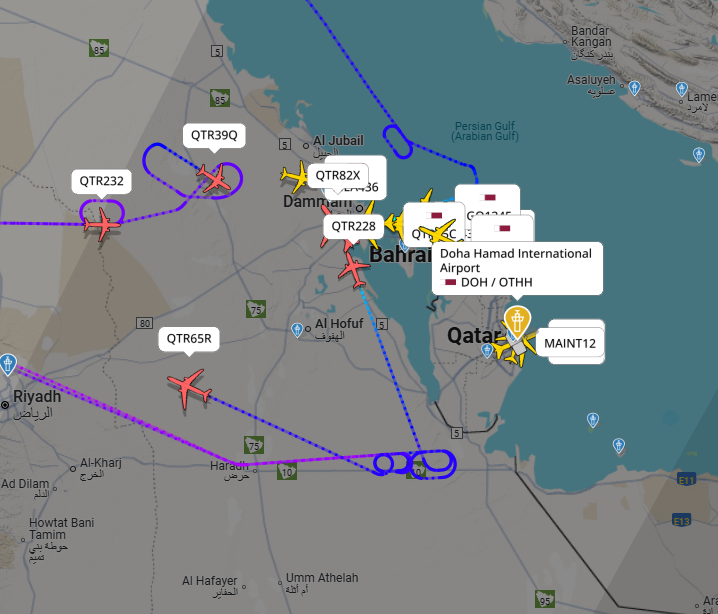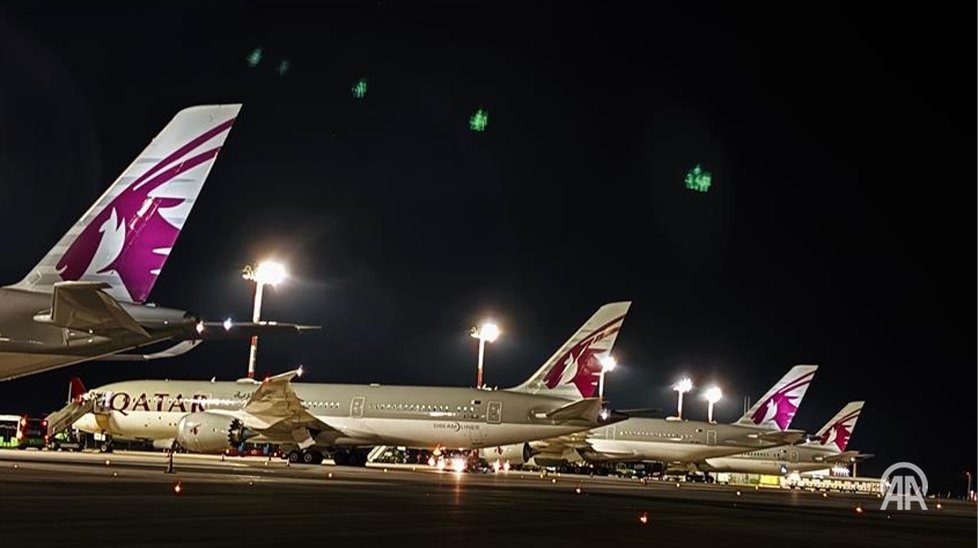.png)
Sharjah Airport has announced its full readiness to accommodate the significant increase in passenger traffic expected during the peak summer travel season. From July 1 to 15, 2025, the airport anticipates welcoming over 800,000 travelers, reflecting a substantial rise compared to previous years. This surge is driven by increased tourism, holiday travel, and business activities in the region.
To manage this influx, the Sharjah Airport Authority (SAA) has implemented a comprehensive operational plan developed in collaboration with airlines, ground handling companies, security agencies, and health authorities. The plan focuses on enhancing passenger experience by streamlining check-in, security screening, and boarding processes. Additional counters and staff have been deployed to reduce wait times, while advanced biometric and automated systems are being utilized to expedite passenger flow.
Customer service teams are working tirelessly around the clock to provide assistance, answer inquiries, and guide passengers through the airport’s smart services and innovative technologies, such as contactless check-in kiosks and real-time flight information displays. The airport has also expanded its lounge capacities and improved amenities to ensure comfort during waiting periods.
In line with global health and safety standards, Sharjah Airport continues to enforce rigorous sanitation protocols, including frequent cleaning of high-touch areas and mandatory mask policies where applicable. Health screening procedures remain in place, and the airport has coordinated with local health authorities to facilitate COVID-19 testing and vaccination verification as required by destination countries.
Security measures have been upgraded to incorporate the latest technologies and intelligence-sharing practices, ensuring passenger safety without compromising efficiency. The airport’s infrastructure has been enhanced to support the increased traffic, including expanded parking facilities and improved ground transportation links to and from the airport.
Passengers are strongly advised to arrive at least three hours before their scheduled departure to allow sufficient time for check-in and security procedures. It is also recommended that travelers verify their flight details and any travel advisories directly with their airlines prior to arriving at the airport, as schedules may be subject to change during this busy period.
The Sharjah Airport Authority remains committed to delivering the highest standards of service and safety, reinforcing Sharjah Airport’s status as a key regional and international travel hub. Continuous monitoring and adjustments will be made throughout the peak season to maintain operational excellence and ensure a smooth travel experience for all passengers. For further information and updates, travelers can visit the official Sharjah Airport website or contact their airline customer service centers.

.jpg)
.jpg)

.jpg)
.jpg)




.png)

.jpg)



.jpg)

.jpg)


.jpg)







.jpg)












.jpg)

.jpg)
.jpg)
















.jpg)